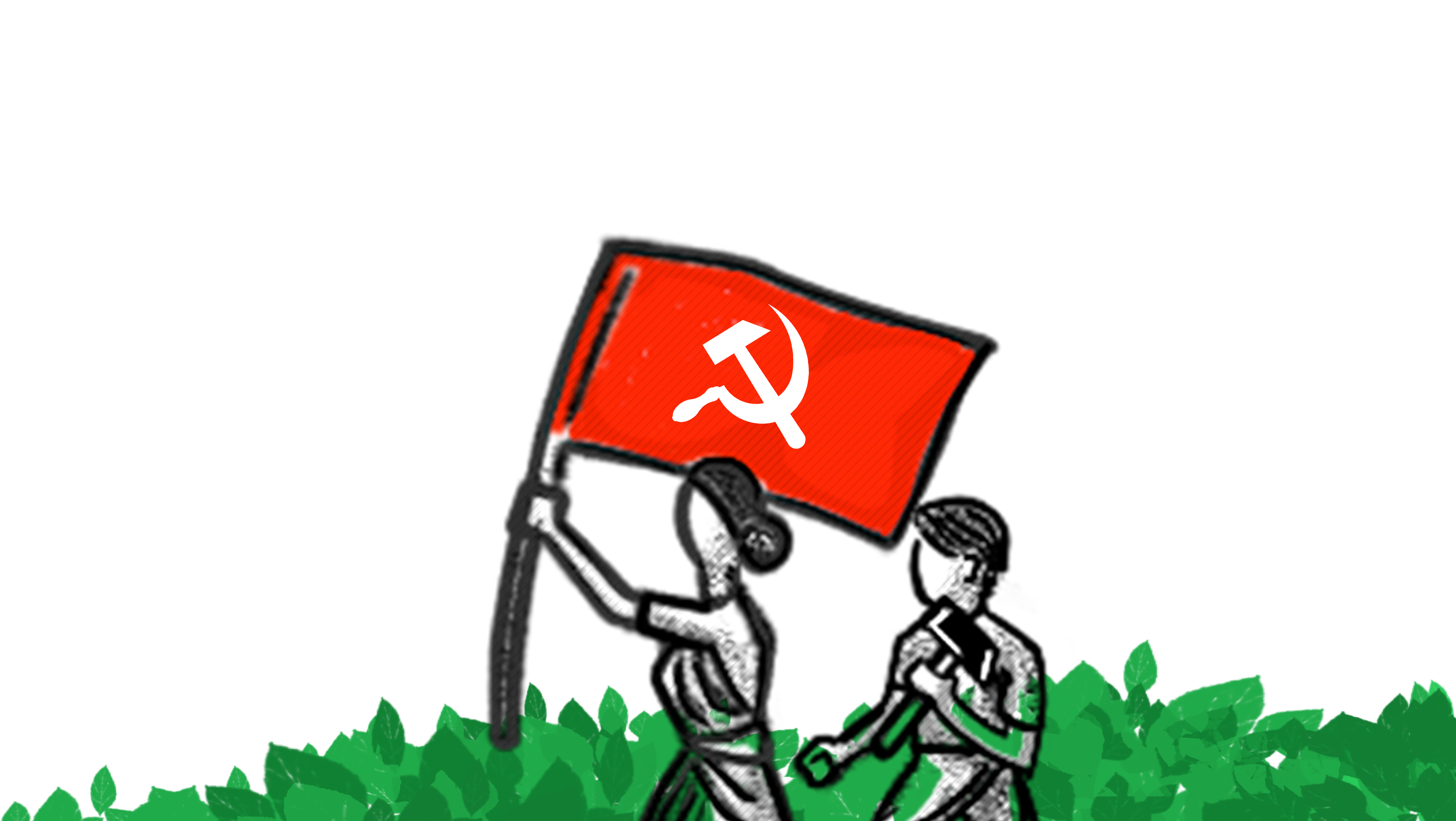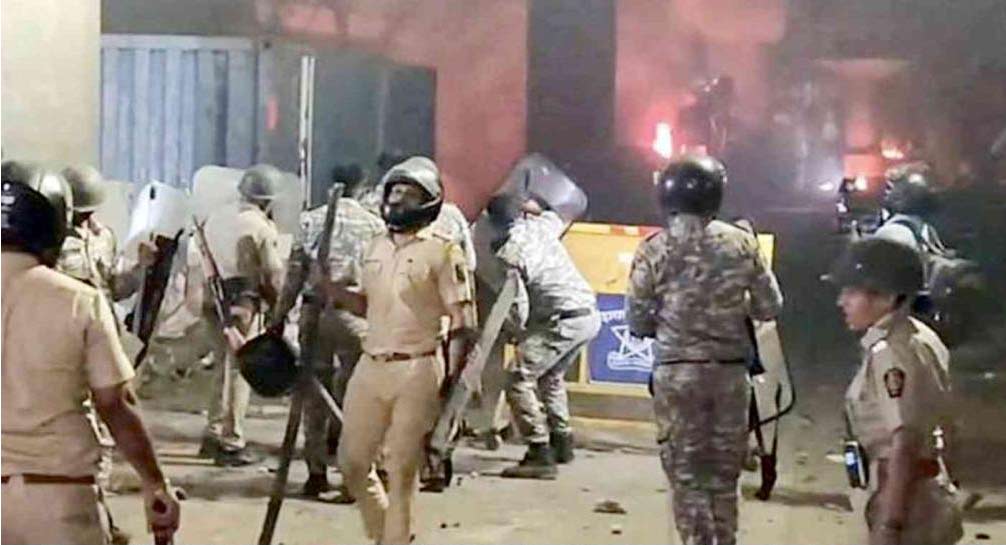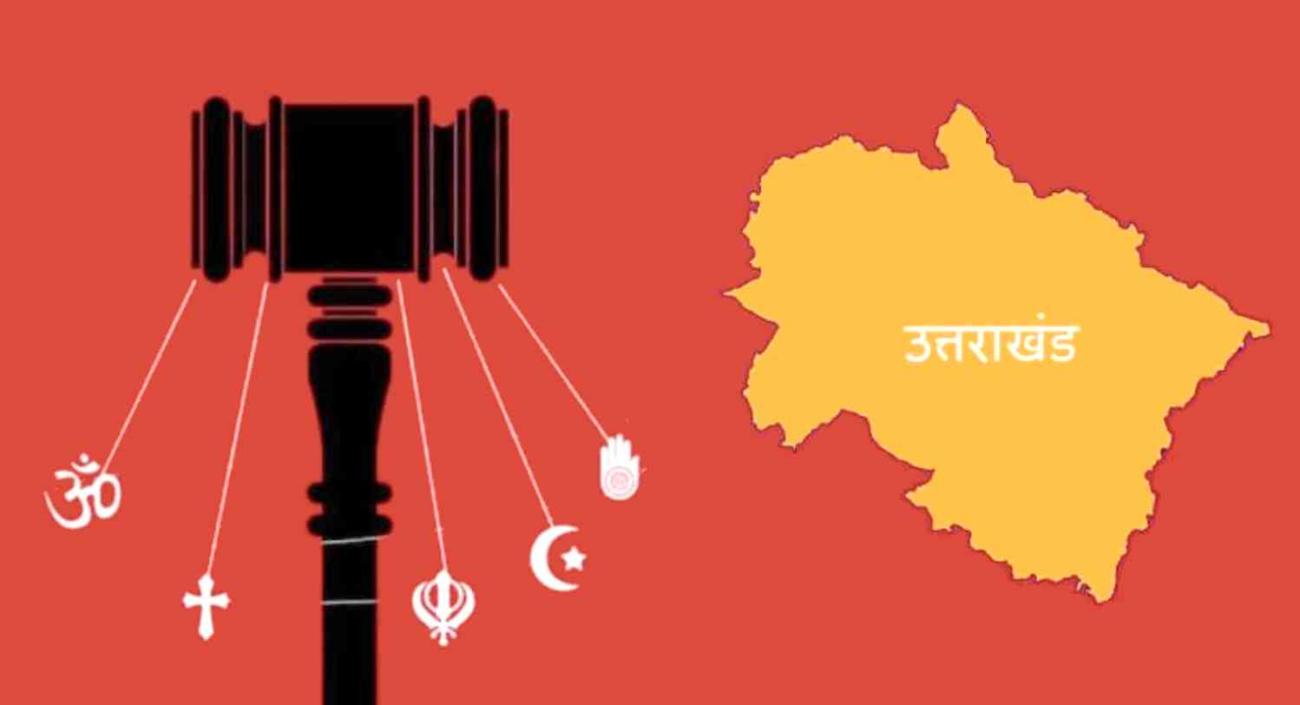But the issue goes beyond the one-dimensional tales of good cop-bad cop, and far deeper than the question of communalization of the State machinery by BJP Governments.
To refresh our memory:
The first recorded fake encounter is said to date back to the repression on the Telengana peasant movement. In the 60s and 70s, custodial and extra judicial killings of Naxalites became standard police practice. In the days of insurgency in Punjab, thousands of youth were similarly butchered.
In counter-insurgency operations in all the states of the North East and Kashmir, in the anti-naxal operations in Andhra Pradesh, fake encounters became routine. In a rare candid moment, ex DG, BSF EN Rammohan has admitted that �In Kashmir, only a Truth and Reconciliation Commission (of the sort South Africa set up after apartheid ended) will enable India to make peace with the Kashmiri people.� (HT, May 4, 07)
The recent massacre of tribals in Chhattisgarh who, according to the police, were naxal sympathisers recalls to mind the Bhawanipur massacre of March 9, 2000, after which the DIG (Mirzapur) told the PUDR/APDR team that it is justified if they die or get killed. They are criminals. The 16 agrarian labourers shot dead at Bhawanipur were not even charged with any crime, let alone convicted; they were criminals because they dared to organize for their wages and rights. These are examples of the familiar phenomenon of the police policy of shoot and label the corpse posthumously as naxalite�. And lest we think Left-ruled states to be better off the Left Front-ruled Tripura Government (which implements that excellent cover for killers in uniform - AFSPA) faces allegations of 103 tribals killed in fake encounters since 1993. (Zee News, May 16)
Given the long history of encounter killings in India, naturally an entire discourse has developed to defend summary executions by the police and armed forces. Some of its pet positions are as follows:
Do it but dont talk about it�
On December 30, 1991, VG Vaidya, director, IB, wrote a letter to the then Punjab DGP KPS Gill regarding some press interviews in which police officers had defended and given detailed accounts of staged encounters to the international press.
Their professional compulsions in executive action should not get reflected in their public utterances, which should be correct and responsible,� Vaidya wrote. (HT, May 4, 07) In other words, he was saying murder is a professional compulsion, but the killers must be discreet rather than boastful.
If we insist on human rights for terrorists, the police cannot fight terror or organized crime�
There are many who argue that Kauser Bis killing was somehow worse than that of Sohrabuddins; and many media reports have harped on the fact that Sohrabuddin was a criminal who extorted money from marble dealers, not an innocent man, and that therefore the police was justified in killing him. BJPs deputy leader V K Malhotra said that Sohrabuddin and others gunned down by police were not innocent� and should not be glorified� so. (HT, April 27) One wonders: would it be ok by Malhotra if Babubhai Katara, caught red-handed committing crime, was gunned down? Why bother with fair trial and proof and the right to appeal and benefit of doubt, Mr. Malhotra we know hes guilty, lets just execute him. Ok, we can make a concession and torture him first to make him confess to trafficking and a sex racket and rape to boot and then shoot him. We can always say he was escaping, or that he attacked the police.
Torture and murder in uniform, and the convenient habit of branding dissenters as terrorists, gets legal sanction through a host of laws past and present TADA, POTA, AFSPA, MCOCA, et al. Take the case of the Chhattisgarh Public Security Act which has been deployed recently to arrest the veteran civil liberties activist, PUCL Vice President Dr. Vinayak Sen, who had been exposing the fake encounters and state terror in the wake of the Salwa Judum in Chhattisgarh. In a recent interview KPS Gill suggests that to tackle insurgency and terrorism, the police cant afford to have their hands tied by considerations like human rights. So, he laments that laws like TADA and POTA are opposed forcing the police to opt for staged encounters. In other words, according to Gill, we need laws that can brand people as criminals/terrorists and execute themso that the police can keep things legal! (Outlook, May 14, 07)
This sentiment is echoed by none less than West Bengal CM Buddhadeb Bhattacharya who chose World Human Rights Day to declare that human rights need not apply for terrorists�. (Indian Express Kolkata Newsline, December 11, 2006) Without custodial torture and the special licence to kill, how would convenient confessions be extracted and culprits punished? It helps when you know in advance that an entire social section or ideological group is by definition terrorist� and anti-national� then you can draft confessions in advance and pin them onto likely candidates picked at random. It helps if courts are not too fussy about things like evidence and human rights where terrorism cases are concerned.
In a recent instance, a young man Arun Ferreira, a bright graduate of St. Xaviers College Mumbai, was picked up from a meeting at Deekshabhoomi in Maharashtra. According to the police, literature relating to SEZs and Khairlanji, as well as pamphlets carrying excerpts of an interview of Arundhati Roy were found on his pen drive and person clear indication that he is a Maoist with malafide intentions! A raid on his wifes home revealed horror of horrors- 24 sociology textbooks further proof of guilt no doubt. When he was produced in court in Nagpur, there were lacerations on his body and he complained that the police placed ice on his genitals. The Magistrate took no notice of this, and gave permission for him to be subjected to the dubious method of narco-analysis. This latter form of torture allows the police to suggest things to the victim in a sub conscious state, and then rest their investigation, quite literally, on whatever the subject dreams up. Of course, the police can do the dreaming too, and edit or sex up the dreams to suit their needs. Once a person is branded as guilty, prior to any investigation, based on political beliefs, or social identity, our system, including in most cases the courts, gives an almost unlimited free hand to the police to extract confessions and concoct criminals to fit crimes. Small wonder if this extends to a license to indulge in staged encounters.
Encounters are a form of vigilante justice, filling the vacuum caused by the failure of judicial justice�
Extra-judicial killings are akin to murder,� says former Punjab and Mumbai police Chief Julio Rebeiro. (HT, May 4, 07)
But in the same interview, Ribeiro suggests that extra-judicial killings get public and political support because of judicial delays in justice, and that if speedy justice were possible there would be no extra-judicial killings. KPS Gill, master of encounter murders in Punjab, elaborates this position without any apologetic note: When the conduct of judges themselves is questionable, the police officers begin to think, who will implement the laws, who will protect society.... And in this noble mission of protecting society, in fighting militancy and organised crime, mistakes are bound to happen. Take the (May 1997) shootout case in Delhis Connaught Place where two businessmen were mistakenly killed by the police; the cops are still facing trial for it. A similar thing happened in London after the 7/7 bombings, when an innocent Brazilian immigrant, Jean Charles de Menezes, was shot by the police. Nobody raised a hue and cry over that incident, and the officers responsible have subsequently received promotions and there is no stigma attached to their action. Its important that the intentions and motives of the officers are correctly assessed in such cases.� (Outlook, May 14, 07)
Well, in this view, what better intentions and motives� could Vanzara have it was deshbhakti�, after all, that spurred him to eliminate potential terrorists. And if one innocent� anti-national got killed whats one Muslim more or less?
But the nature of the killings does not support this thesis of a few excusable mistakes in a well-intentioned quest for justice. Despite all the propaganda, encounters are not a form of vigilante justice spawned by righteous frustration of the failure of speedy judicial justice. They are not comparable to a vigilante hero taking law into his hands and eliminating a threat to society because the system will not deliver. Rather, fake encounters, custodial torture and branding of dissent as terrorism� in order to justify violation of rights these are the system. After all, if frustration with legal delays and failures are a justification for vigilante justice, who has better right to it than the victims of the massacres by police at Arwal or Hashimpura, for whom justice has either been delayed for twenty years or denied? The judicial enquiry into the Kalinganagar firing has now been dissolved midway on the pretext that the Supreme Court forbids sitting Judges from heading commissions of enquiry. The court has backed out from its promise of justice for the victims of Nandigram. Would Gill and Co. support, or at least excuse, the people of these areas if they lost faith in the legal process and decided to become agents of justice?
It just isnt enough to nail a stray police officer in Ganderbal or Gujarat and pat ourselves on the back for justice done. Not police officers alone but political forces that rule must be held accountable for every police or army murder. At the very least, we need a comprehensive National Truth and Reconciliation Commission to acknowledge and investigate each and every act of torture, murder, massacre by the state machinery.





